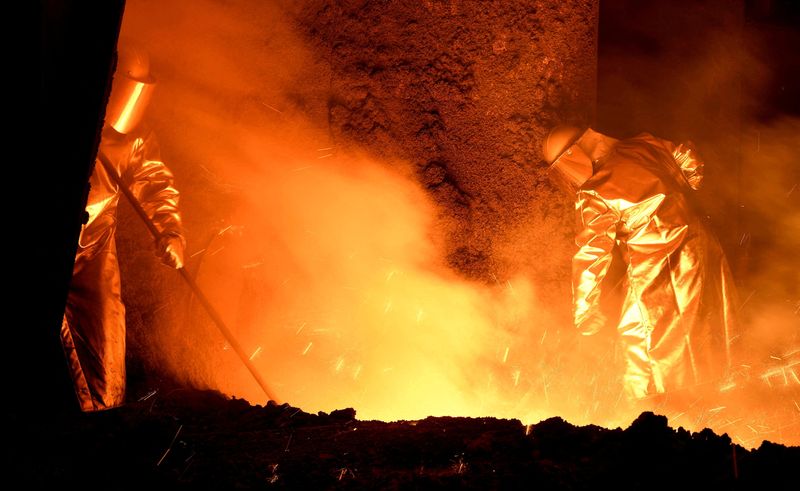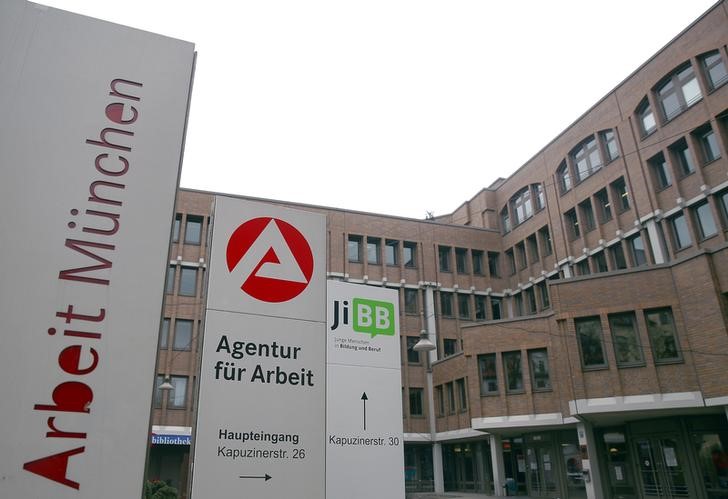BERLIN (Reuters) -Germany's unemployment rate stayed stable in February as demand for workers remained strong despite a challenging economic environment marked by higher input prices and supply chain constraints, Labour Office figures showed on Wednesday.
The Federal Labour Office said the number of people out of work rose by 2,062 to 2.509 million in seasonally adjusted terms.
"The number of unemployed increased slightly in February, but overall, the labour market was resilient," said the chairperson of the Federal Employment Agency, Andrea Nahles.
The seasonally adjusted jobless rate remained stable at 5.5%.
"Since Germany's reunification, never have so many firms complained about labour shortages - in this sense, the labour market is hot," Commerzbank (ETR:CBKG) chief economist Joerg Kraemer told Reuters. According to the latest survey by the Ifo institute, 43.6% of German companies are affected by a shortage of skilled workers.
In non-adjusted terms, the labour market recorded an increase of 4,000 people out of work from January to February, with the total of unemployed rising to 2.62 million. The unemployment rate remained unchanged at 5.7% in non-adjusted terms.
There were 192,000 more unemployed in February 2023 than in the same month last year. Without the Ukrainian refugees that have come to Germany since the Russian invasion, unemployment would have risen slightly year-on-year, the employment agency said.
"The labour market has become an anchor of stability," said Enzo Weber, head of forecasts at the Institute for Employment Research (IAB). The number of layoffs is at a historic low because companies keep their workers, knowing that it is difficult to fill positions.

"The labour market is tighter than before, but I wouldn't say that it's too hot, because we haven't reached full employment," Weber told Reuters.
The resilience of the labour market would gradually subside, Carsten Brzeski, global head of macro at ING, told Reuters. After peak performance in September and October last year, there has been a gradual weakening, which he sees in moderate increases in lay-offs and short-time workers.
